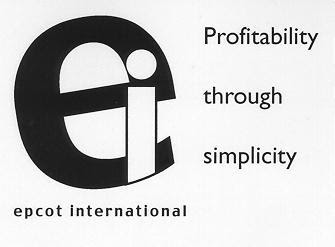About five years ago FDA issued its “PAT Guidance for Industry” (September 2004). FDA’s intent by issuing the guidelines is to encourage the Pharmaceutical Industry to improve and innovate its manufacturing practices so that they produce quality product the first time and all the time. Manufacturing innovation will be the lifeline for the Pharmaceuticals as their business model changes.
Regulatory bodies want the companies to move away from achieving quality through the current practice of “after the fact repeated analysis”. Achieving product quality “the first time” and all the time is the goal. This is not a difficult expectation.
The guideline is suggesting the industry of how and what needs to be done and the methodology for improving the processes. However, innovation has to come from within the industry rather than thrust upon them. The guidance is very legalese and can be interpreted in many different ways. As written it eludes more to drug formulation than to Active Pharmaceutical Ingredient (API) manufacture. However, the rules of the game for API and drug formulation are same as quality is the ultimate goal.
If we clear the forest and the legal jargon, FDA is saying “understand how the chemicals react, interact and behave with each other and have a process that if operated at the desired process conditions should deliver quality product the “first time” and all the time [basic tenants of chemical engineering, chemistry curriculum and process development]”. Anything short will not deliver first time quality product.
In product and process development, we need to understand the chemicals, their interaction, establish specifications and use different analytical technologies to ensure that the developed process will deliver the expected product. If one is expecting that the process analytical technologies will fix a bad process, then that would be a gross error and expectation. Analytical technologies tell us the result rather than the path to the result.
Good manufacturing practices and continuous improvement is a must for every manufacturing. PAT guidance suggests that the pharmaceutical industry should have discussion and approval from FDA on their existing process improvement plans. This is adding costs. The benefits of process improvement can be quantified but since the re-approval costs are not known, my conjecture is that the industry would not opt for any process improvement for their existing products as the costs could exceed the benefits. Estimated savings due to process innovations for the pharmaceutical companies are in the $100 to $200 billion dollars range. I hope this is good incentive to innovate.
Pharmaceuticals companies due to first to market pressures and following regulatory directives and guidelines are not able to apply good chemistry and engineering principles to have an efficient process that produces quality product. The current state of pharmaceutical manufacture is manifestation of our methods. If we are expecting it to change pharmaceutical companies have to take the lead. Innovation can happen for the products that will become generic in the coming years and for the new molecules that will be commercialized.
Development of innovative processes has to start during the process conceptualization and development. Even then it would have to be an effort as old methods and thinking would have to be discarded, which is not easy. The regulatory bodies will have to be flexible and encourage innovation. PAT guidelines and other guidelines are encouraging innovation but have too many constraints. I strongly believe that innovation can reduce regulation.
Girish Malhotra, PE
President
EPCOT International
